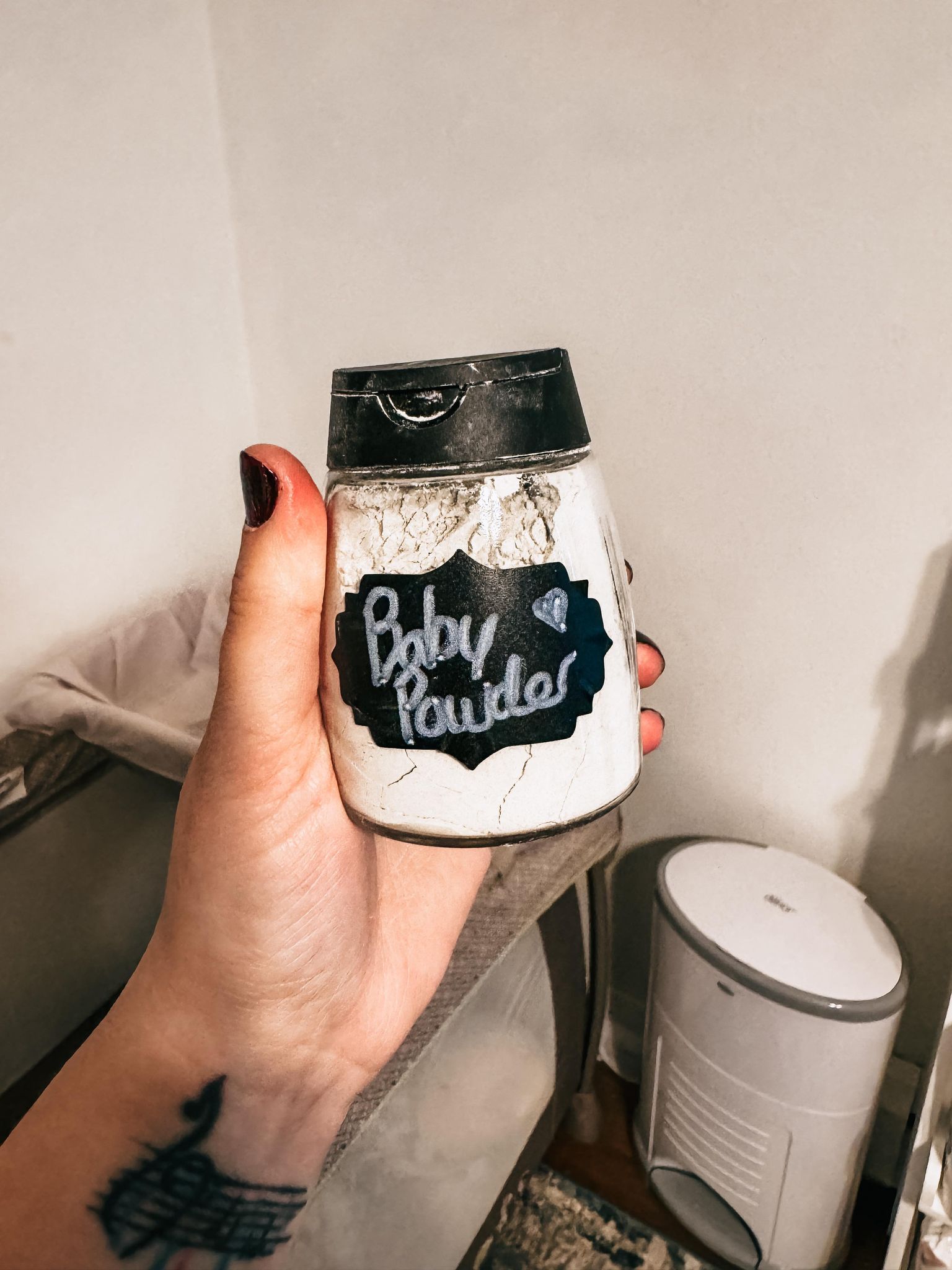Baby powder has been a staple in many households for generations, often used to soothe and protect delicate skin. Our skin is our largest organ and absorbs everything, babies skin is even more susceptible and sensitive. However, recent studies and lawsuits have shed light on the potential dangers lurking in these seemingly harmless bottles. Here’s what you need to know to keep your little ones safe.
- Link to Respiratory Issues: One of the most concerning risks associated with baby powder is its link to respiratory issues. The fine particles in talcum powder can be easily inhaled, leading to breathing problems, lung damage, and even serious conditions like asthma and pneumonia. A study published in the American Journal of Epidemiology found a small but significant increase in the risk of ovarian cancer among women who reported genital talc use. Source: American Journal of Epidemiology
- Potential Contamination with Asbestos: Perhaps the most alarming revelation in recent years is the potential contamination of talcum powder with asbestos, a known carcinogen. Asbestos exposure has been linked to mesothelioma, lung cancer, and other respiratory diseases. Several lawsuits against talcum powder manufacturers have highlighted cases where asbestos contamination in baby powder has resulted in serious illness. Source: Reuters
- Risk of Irritation and Infection: While not as severe as respiratory issues or asbestos contamination, baby powder can also pose risks of skin irritation and infection. The talc itself can dry out the skin, leading to irritation, especially in sensitive areas like the diaper area. Furthermore, if not applied carefully, baby powder can create a moist environment conducive to bacterial growth, increasing the risk of diaper rash and other infections.
Given these potential dangers, it’s essential for parents to exercise caution when using baby powder or consider alternative products altogether. Opting for arrowroot powders or talc-free alternatives can help mitigate some of the risks associated with traditional talcum powder. Additionally, practicing proper diapering hygiene and consulting with healthcare professionals about safe skincare practices for infants can further protect your little one’s health.
While baby powder has long been viewed as a symbol of gentle care, it’s crucial to stay informed about the potential risks and make informed choices to safeguard the well-being of our children.
With that said, let me share with you my favorite DIY Baby Powder.
What to add to make your baby powder safe.
Bentonite or kaolin clay powder
Healing Essential oils like Lavender essential oil, Frankincense essential oil, and Helichrysm essential oil (Optional)
How to make it:
- Collect your ingredients and whatever bottle you want to use.
- Add equal parts clay powder & arrowroot powder to a mason jar. (It is important to note, that when working with bentonite clay, never let it touch metal. Use a wooden or even plastic spoon when scooping it out. Metal can “deactivate” the drawing properties of the clay.)
- Optional: Add 10-15 drops of oils
- Mix you powder up by giving the lidded jar a really good shake.
- Using your wooden spoon, scoop the powder into your shaker jar! Put the lid on tight.
- Label your jar.
What can I store my toxic-free baby powder in?
I used a spice container that had been cleaned out and removed the sticker with lemon oil. You can use any small shaker container.
Check out this reel on my IG to see me mix up a bottle of baby powder.
Check out this link for more DIY Recipes!
https://thehendersonhaus.com/category/lifestyle/diys
Safety note: Even though the ingredients are nontoxic and natural, fine particles of anything are not good to breath in, for you or for baby. Don’t go to town shaking this and working up a dust cloud. A soft, gentle tap or two can be enough powder without creating a puff in the air. Just be aware of that as you are using.


Add a Comment